Scott #23, a one-cent United States postage stamp, represents a key piece in philatelic collections, primarily due to its Type IV design. This stamp is a perforated version of Scott #9, characterized by distinctive recut lines.
Design & Print
Scott #23 emerges from the modifications made to Plate 1, transitioning it from its early to late state. In this transition, both the top and bottom lines of nearly all positions on the plate were lightly transferred and subsequently strengthened. This extensive recutting process is the hallmark of Type IV stamps. Scott #23 is particularly notable for the incomplete design at the top and bottom, where the tips of the balls and plumes were burnished off. The outer frame line at the top and bottom, always complete, has been recut at one or both ends to restore its completeness. In some instances, the inner frame line at the top or bottom was also recut.
Type IV stamps are further subclassified based on the number and combination of lines recut. The most common variant, found in 113 out of 199 positions, involves a simple recutting of the top and bottom outer lines. The rarest variation, present in only two positions, involved recutting two lines at both the top and bottom. The value and rarity of these stamps are significantly influenced by these recutting variations, with the rarest combinations being particularly prized by specialists.
Plate 1 Late, from which Scott #23 was produced, was used sparingly for perforated production, making perforated Type IV stamps much more valuable than their imperforate counterparts. This rarity has unfortunately led to instances of counterfeit perforation, an issue addressed in further detail in the second part of this examination.
Postal Usage
Scott #23 was primarily used for regular postal services, facilitating the one-cent postage rate common for local drop letters and circulars. Its production coincided with a period when the postal system was expanding, and the need for a versatile, low-denomination stamp was paramount. The rarity of perforated Type IV stamps, compared to their imperforate counterparts, reflects their limited use in postal services, making them a valuable addition to any philatelic collection. The presence of recut lines, a response to the practical need for a clearly defined and durable design, also underlines its significant role in the postal system of the time.
Identification
While Type IV stamps are usually identifiable by their darker, strengthened recut lines, there are exceptions. Some printings from Plate 1 Late, especially early or freshly cleaned impressions, feature recut lines that blend seamlessly with the rest of the design. These stamps pose a challenge for classification, as they can be easily mistaken for the slightly more valuable Type II stamps.
Scott #23 stands as a unique stamp in the philatelic world. Its production history, marked by the intricate process of recutting and the limited use of Plate 1 Late for perforated stamps, adds to its value and interest among collectors. The design, with its carefully restored frame lines and slightly altered ornamental features, reflects the meticulous efforts to maintain the aesthetic integrity of the stamp while adapting to the demands of postal usage. Understanding the nuances of Scott #23’s design, production, and classification not only enriches the collector’s knowledge but also underscores the intricate art and science of philately.

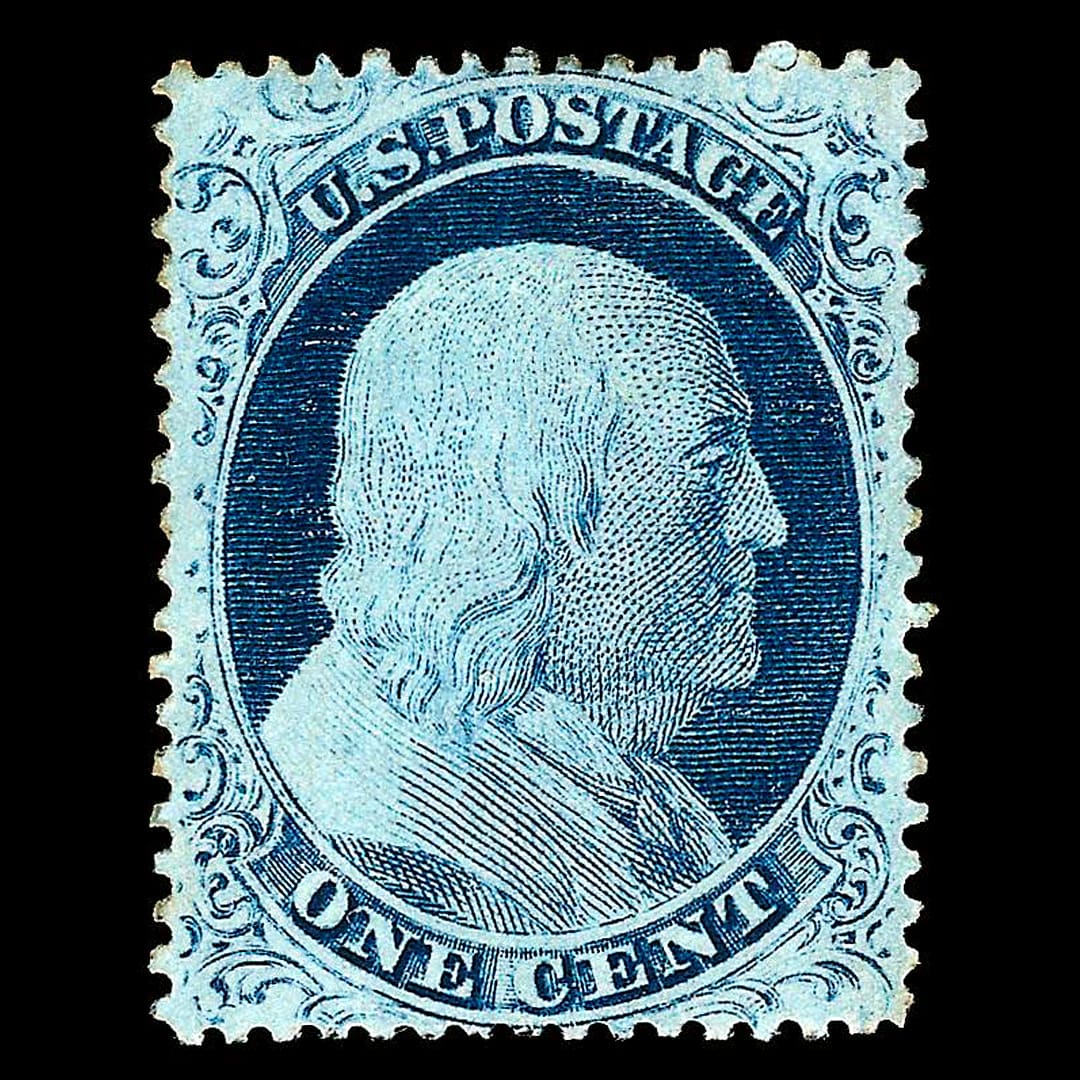

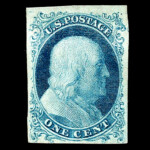
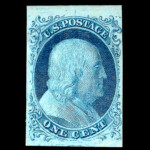
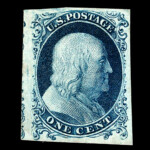
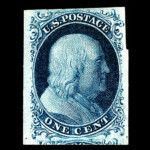
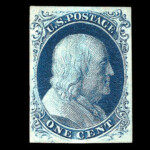
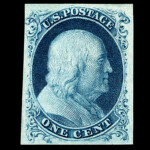
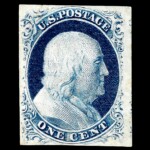


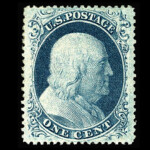
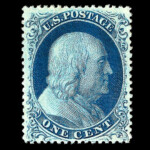
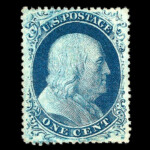
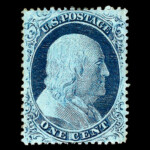
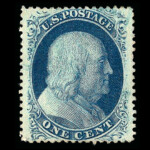
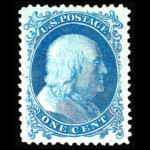
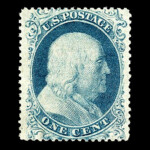
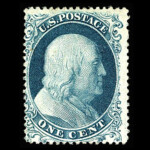
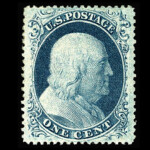
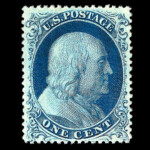
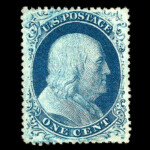
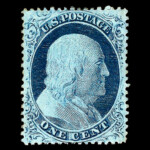
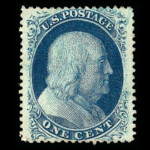
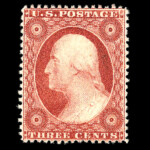
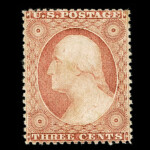
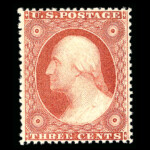
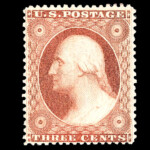
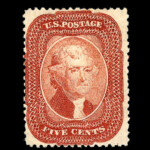
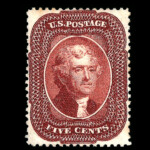
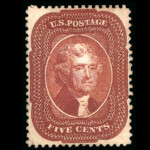
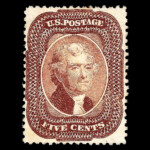
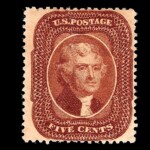
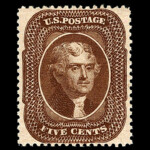
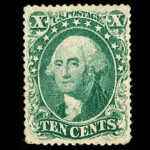
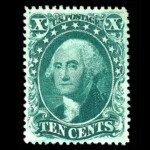
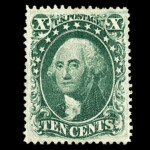
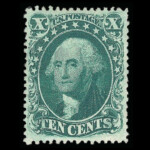
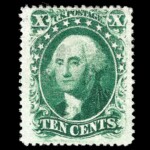
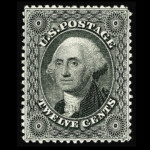
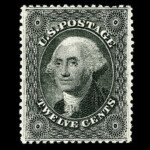

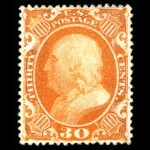
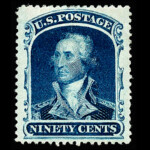









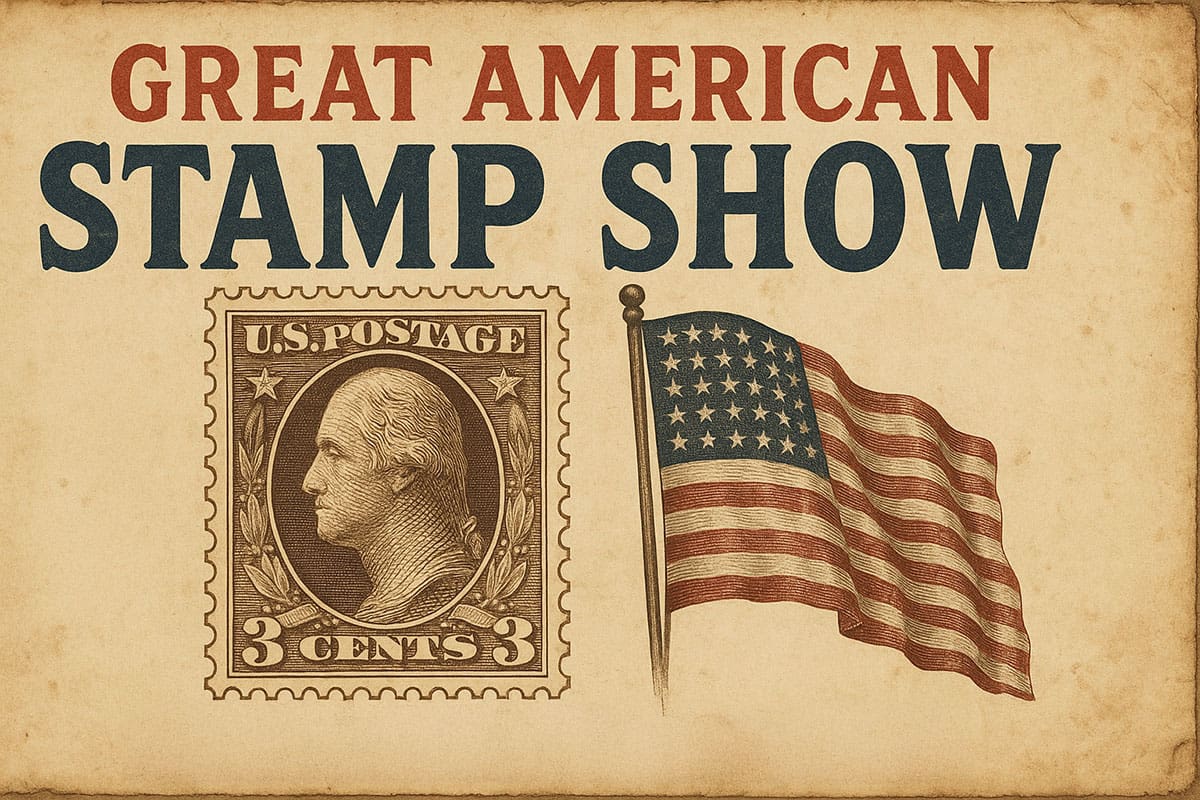


Ask A Question Or Leave A Comment